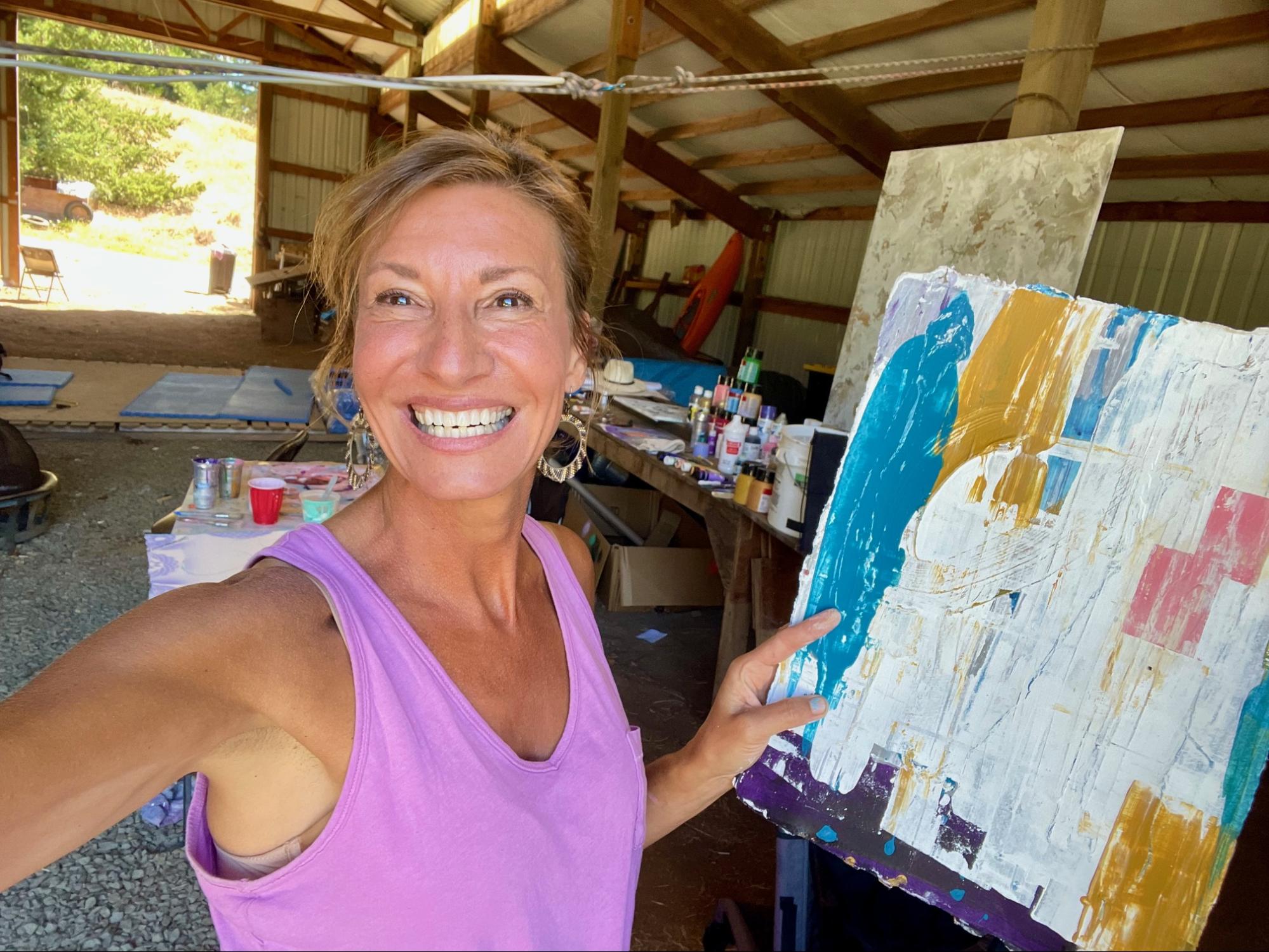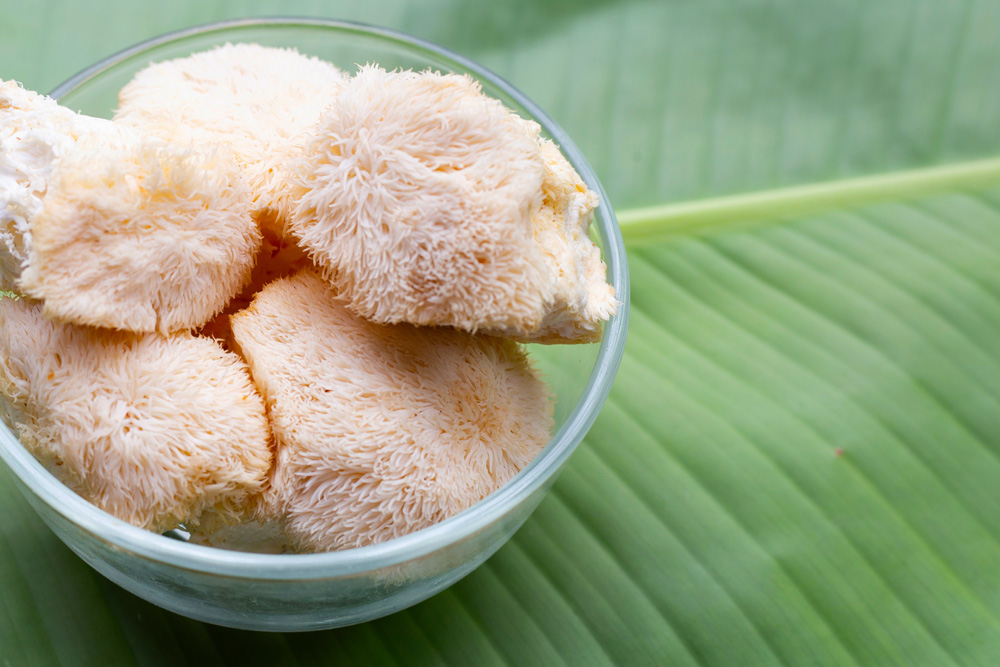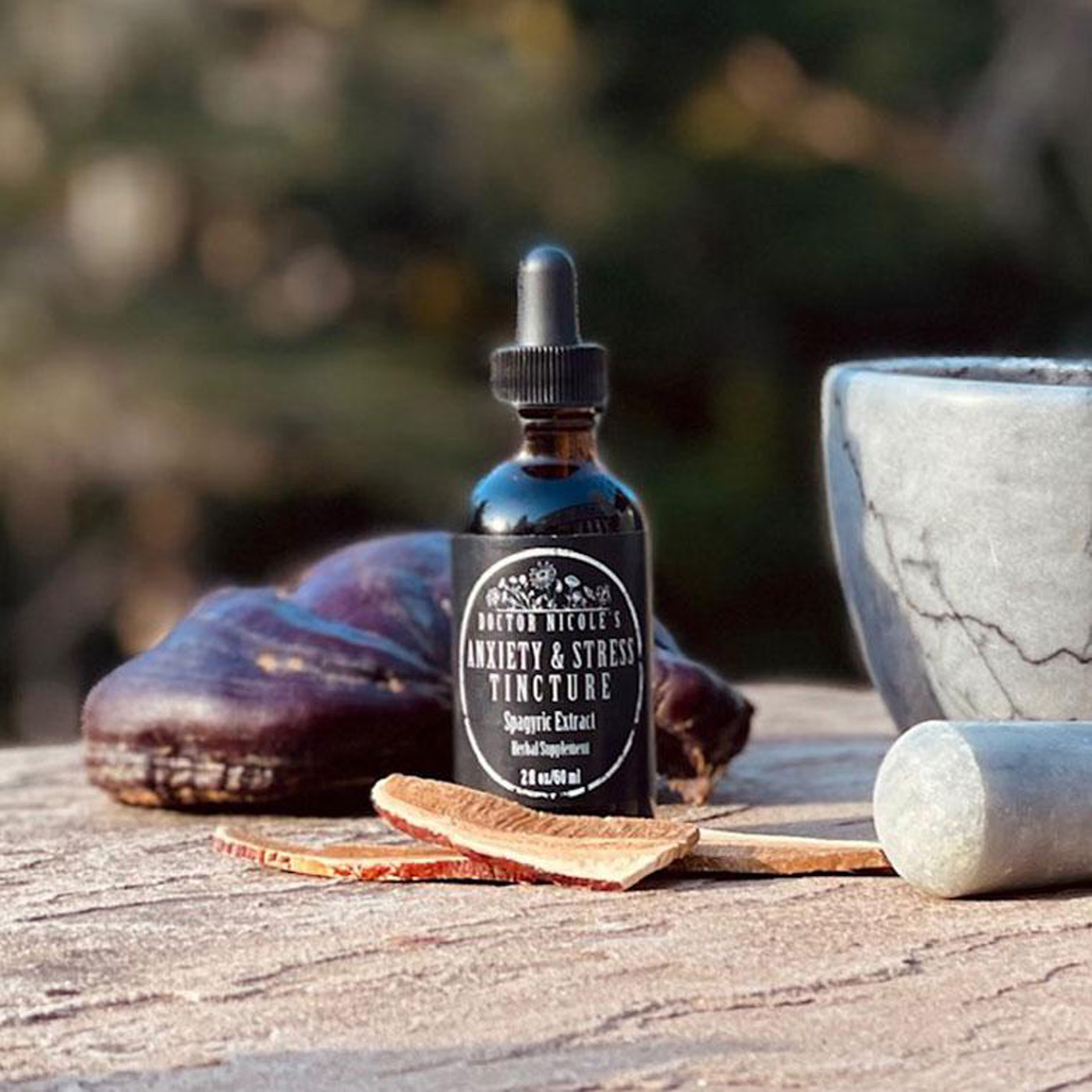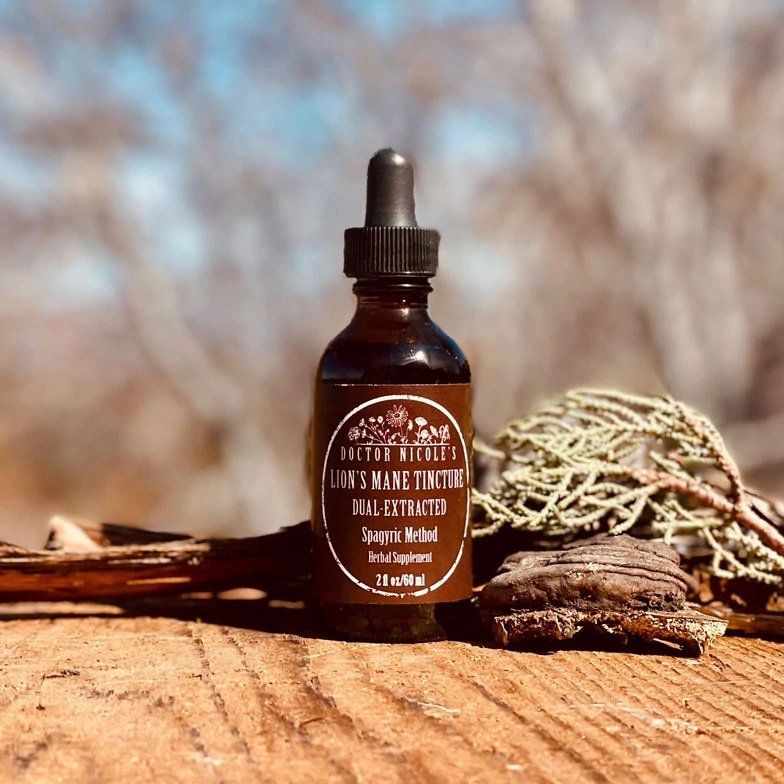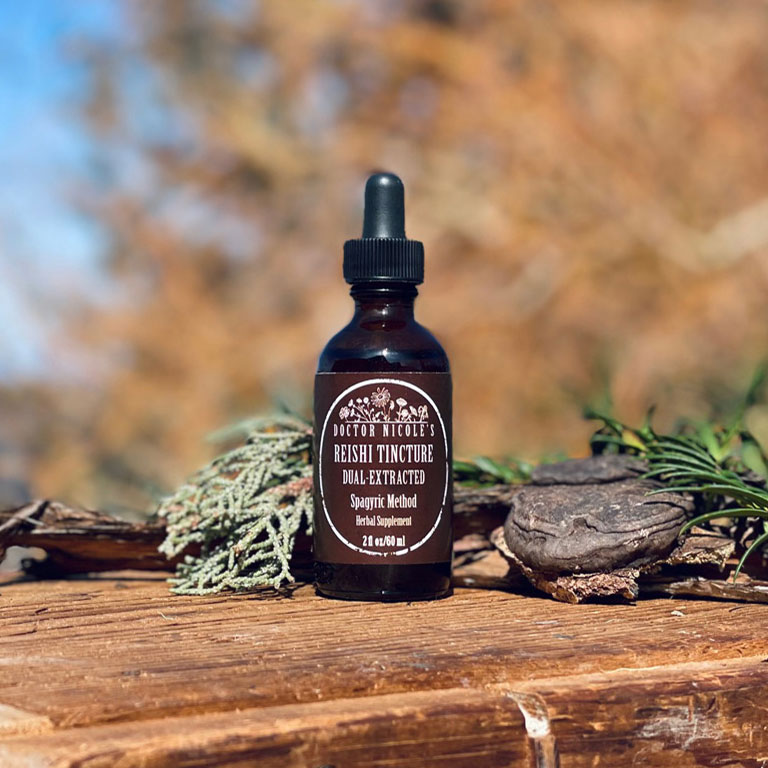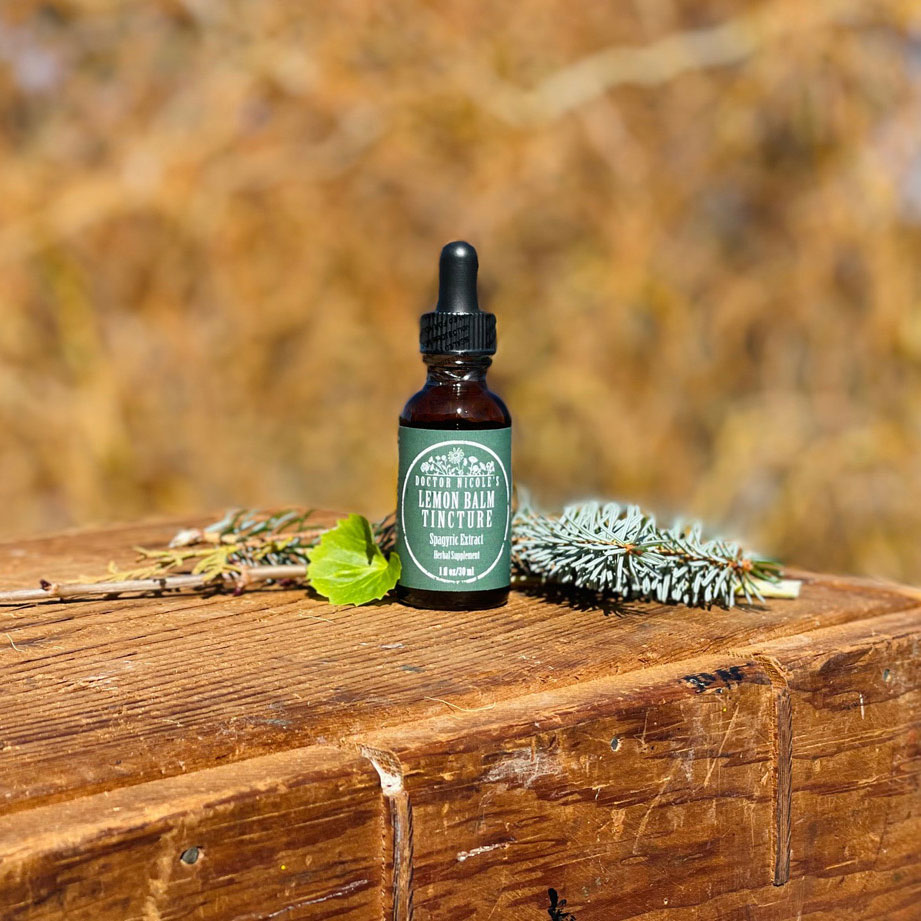From Cave Walls to Canvas: How Being a “Maker” Helps Us Thrive
Creative pursuits such as drawing, cooking, painting, dancing, or writing aren’t just enjoyable pastimes; science has found there are tangible health benefits associated with these pursuits that improve our physical and mental well-being. Creativity is an inherent human trait — we’ve been “makers” for more than 39,900 years, beginning with drawings on the walls of caves. Over time, this creative drive led to the creation of tools, shelters, medicines — even learning to cook food. It’s a defining feature of humans that has helped us to survive and thrive using our predictive and imaginative capacities. Jump to the present and we see the result of creative ideas all around us. What’s more, scientists can observe the specific brain activity involved in creativity that activates reward pathways associated with the feel-good neurotransmitter dopamine, while also reducing stress, anxiety, and burnout. By tapping into our creative resources, we can utilize one of our most powerful tools for cultivating holistic wellness.
Why Creative Expression is Good for You
The wide-ranging positive effects of creativity have fascinated researchers for quite some time. A case in point: a review published in the American Journal of Public Health1 established that drawing, painting, or sculpting helped people overcome trauma by expressing experiences that were too difficult to put into words. The team believes artistic expression assists in maintaining or reconstructing a positive identity, which in turn leads to healing. Similarly, a 2024 study involving the data of 7,182 adults living in England found that engagement in creating art and crafting “predicted increased life satisfaction, a sense that life is worthwhile and happiness, above and beyond known sociodemographic predictors.”6
The following year, another review established that art activities had a positive impact on psychological well-being, stress levels, and feelings of achievement, leading the researchers to note that “art activities are crucial for developing self-awareness, emotional intelligence, confidence, problem-solving abilities, creative thinking, and mindfulness practices.”7

Writing has also been found to be exceptionally helpful in making sense of trauma in a deeply personal way when it is accompanied by specialized trauma therapy.2 While the immediate impacts of expressive writing may lead to an increase in negative emotions as the person recalls the incident, research has shown that these effects are short-term and lead to improved physical and mental health outcomes over time.3
Moreover, expressive writing isn’t only beneficial for trauma or negative emotions. Another study discovered that when people write about positive experiences and the “ideal self” they would like to cultivate, they too experienced significant psychological healing.4
Participants were randomly assigned to write about their most traumatic life event, envision their ideal future self, or choose a nonemotional control topic. Their mood was measured before and after writing, and health center data on illnesses were obtained with their consent. Three weeks later, measures of subjective well-being were collected. Writing about life goals was significantly less upsetting than writing about trauma and was associated with a notable increase in subjective well-being. The team concluded:
“Five months after writing, a significant interaction emerged, indicating that writing about trauma, one’s ideal self, or both was associated with decreased illness compared to controls. These findings suggest that writing about self-regulatory topics can yield the same health benefits as writing about trauma.”
A later study confirmed these findings when participants were asked to write about an intensely positive experience (IPE).5 Ninety college students were asked to write for 20 minutes a day over three days. Half wrote about an intensely positive life experience, such as graduation, dates, spending time with friends and family, the birth of children, travel, etc., while the others wrote about a neutral topic. Those who reflected on positive experiences reported feeling happier right after writing. However, three months later, the IPE group also made fewer visits to the campus health center for illness compared to the control group. Wow!
Science-Backed Botanicals to Help You Stress Less and Focus More
As we have seen, creative activities are good for the mind, body, and soul. In a similar fashion, herbal remedies can also support holistic health. One example is our Anxiety & Stress Blend. This formulation combines evidence-backed botanicals that work with your nervous system to promote balance, calm, and focus. The specific benefits of each medicinal herb are covered below.
Ashwagandha helps regulate the body’s stress response, reduce inflammation, and support memory and hormone balance. Lemon Balm naturally boosts calming neurotransmitters like GABA, improves sleep quality, and supports steady energy and blood sugar levels. Lion’s Mane improves brain health by encouraging nerve growth and improving cognitive function, while Reishi helps modulate the immune system, lowers stress hormones, and promotes deeper rest.
Together, these ingredients help your body manage stress more effectively — so your mind has the space to focus, create, and recharge.
NATURAL CALM
“So nice to have a natural way to relax without prescriptions! Love it!! I will be buying more!!” -Christine
Explore our Anxiety & Stress Blend and other wellness formulas at my apothecary today — where science meets nature to support your everyday health.
Nicole Apelian
Nicole’s Apothecary Products in this Post
References
- Stuckey, Heather L, and Jeremy Nobel. “The connection between art, healing, and public health: a review of current literature.” American journal of public health vol. 100,2 (2010): 254-63. doi:10.2105/AJPH.2008.156497
- Grossman, F. K., Sorsoli, L., & Kia-Keating, M. (2006). A gale force wind: Meaning making by male survivors of childhood sexual abuse. American Journal of Orthopsychiatry, 76(4), 434–443. https://doi.org/10.1037/0002-9432.76.4.434
- Baikie KA, Wilhelm K. Emotional and physical health benefits of expressive writing. Advances in Psychiatric Treatment. 2005;11(5):338-346. doi:10.1192/apt.11.5.338
- King, L. A. (2001). The Health Benefits of Writing about Life Goals. Personality and Social Psychology Bulletin, 27(7), 798-807. https://doi.org/10.1177/0146167201277003 (Original work published 2001)
- Chad M Burton, Laura A King, The health benefits of writing about intensely positive experiences, Journal of Research in Personality, Volume 38, Issue 2, 2004. https://doi.org/10.1016/S0092-6566(03)00058-8.
- Keyes, Helen et al. “Creating arts and crafting positively predicts subjective wellbeing.” Frontiers in public health vol. 12 1417997. 16 Aug. 2024, doi:10.3389/fpubh.2024.1417997
- Zhang, Yan. “Impact of arts activities on psychological well-being: Emotional intelligence as mediator and perceived stress as moderator.” Acta psychologica vol. 254 (2025): 104865. doi:10.1016/j.actpsy.2025.104865

